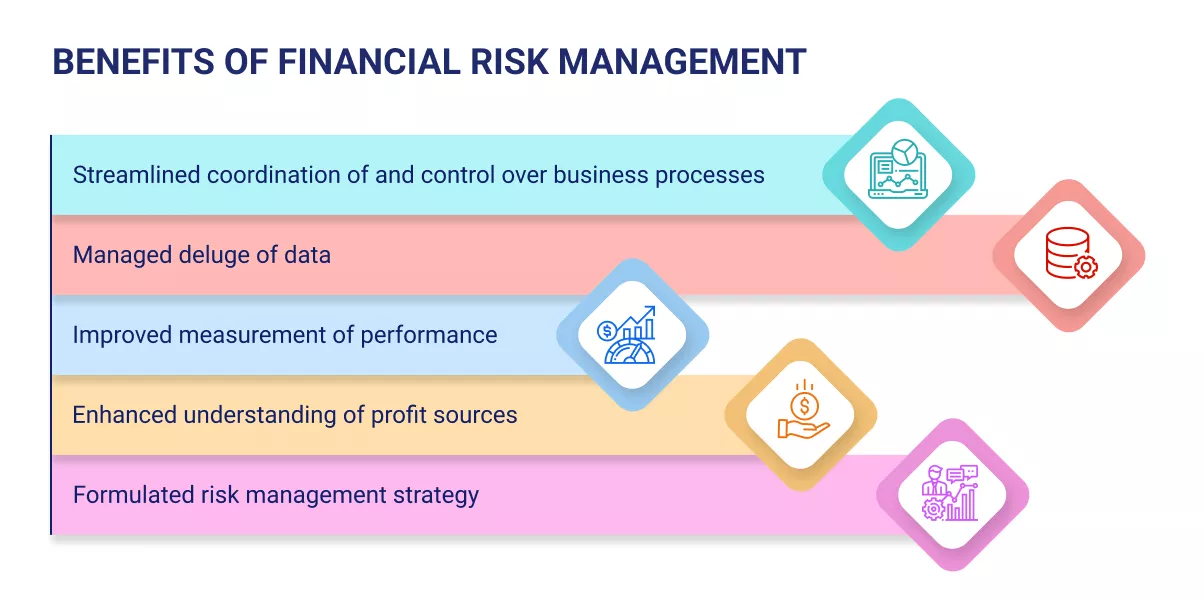Navigating the Complexities: Understanding the Importance of Risk Management
Navigating the Complexities: Understanding the Importance of Risk Management
Blog Article
The Essential Importance of Risk Management in Getting Organizational Objectives
In the swiftly developing company landscape, the capacity to navigate unpredictability has actually ended up being a necessary. This is where Risk Management steps in, offering an organized method to recognizing, analyzing, and mitigating potential obstacles to advance. It's even more than just a protective procedure - it's a tactical device, fostering resilience and advancement. As we explore the important role of Risk Management in accomplishing business objectives, one can't assist yet wonder: just how does this convert right into real-world success?
Understanding the Idea of Risk Management in Service
The Essential Function of Risk Management in Strategic Preparation
Integrating Risk Management into calculated preparation acts as a protect for companies, securing their lasting strategies with a solid structure of readiness and durability. Risk Management offers a framework for expecting uncertainties and devising suitable feedbacks, making sure the company's survival and success also in the face of hardship. By including Risk Management right into critical planning, companies can change these unpredictabilities into chances for development and technology.

Techniques for Identifying, Assessing, and Prioritizing Threats
Navigating the complex landscape of threats requires the application of specific methods for their evaluation, identification, and prioritization. The process starts with Risk identification, using tools such as SWOT analysis, which helps in determining prospective hazards and chances. Next off, Risk evaluation is conducted to ascertain the possible effect and probability of each Risk. Tools such as Risk matrices and impact-probability charts are used for this. Lastly, risks are focused on based on their prospective influence and chance, permitting organizations to concentrate their resources on critical dangers. This systematic method makes certain an extensive understanding of the Risk landscape, their explanation making it possible for organizations to make educated choices and properly manage dangers to attain their objectives - importance of risk management.
Securing Business Workflow With Efficient Risk Management
In the business landscape laden with unpredictabilities, efficient Risk Management plays an essential role in securing business operations. By determining and analyzing prospective threats, Risk Management allows companies website link to establish durable contingency plans. Companies have to invest in extensive Risk Management strategies to safeguard their procedures.

Transforming Prospective Dangers to Opportunities: The Power of Risk Management
A proactive method to risk Management includes recognizing, assessing, and focusing on threats to create strategies that transform them right into potential advantages. Hence, by leveraging the power of Risk Management, companies can not just secure their operations but also stimulate development and accomplish their goals in an unforeseeable company environment.
Case Researches: Success Stories of Risk Management Driving Organization Objectives
Effective application of Risk Management approaches has actually yielded remarkable results in different organizations, emphasizing the values of this method. International firms like Microsoft and Google, for instance, have actually leveraged Risk Management to lessen threats and make use of possibilities, driving their company purposes forward. These examples show how successful Risk Management can not just steer businesses clear of possible mistakes but additionally direct them in the direction of their calculated objectives.
Conclusion
In verdict, Risk Management is essentially critical in attaining organizational goals. By including Risk Management right into tactical preparation, organizations can better browse uncertainties, secure procedures, and capitalise on opportunities, thus aligning with long-lasting purposes.
At its core, Risk Management is the procedure of identifying, evaluating, and dealing with potential hazards that can go adversely impact an organization's purposes or procedures. Next, Risk evaluation is conducted to ascertain the prospective effect and possibility of each Risk. Dangers are focused on based on their possible impact and chance, allowing organizations to concentrate their resources on critical dangers. By identifying and assessing prospective threats, Risk Management makes it possible for organizations to develop robust backup strategies. A proactive technique to risk Management involves recognizing, evaluating, and focusing on risks to create techniques that transform them into possible benefits.
Report this page